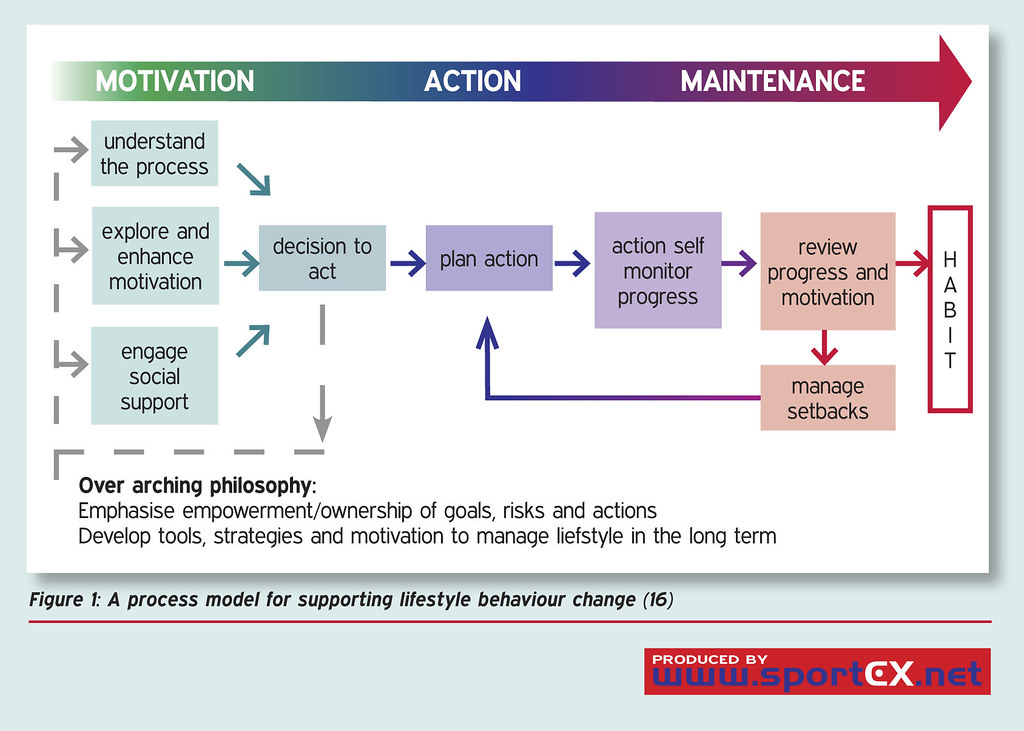Patient Education
Improving Health
Kerri Delaney and Leslie Barker
Health Problems
What are the factors that account for these health problems that have arisen over the past 100 years? Most health problems faced by people in North America are chronic diseases that are preventable and caused by poor everyday choices and unhealthy lifestyles.
The links below provides more information about the leading causes of death in Canada and the United States. Using these links you can also find information on the leading causes of death for specific age groups.
Leading Causes of Death in Canada
To see a 2014 chart that shows the leading cause of death by age group, click on the link below:
Some of these causes of death and illness are modifiable, while others are not. Engaging in patient education means to support individuals in maintaining or improving their health, especially around those modifiable factors. In order to understand patient education, it is helpful to understand how change can be made.
Behaviour Modification
Making permanent lifestyle changes is one of the greatest challenges a person can face. This section will explore how changes to behaviour occur, the psychological barriers that hamper efforts to change, and tips for making lasting change. There is a wide range of factors that influence behaviour. Most of these factors can be assigned to the following categories:
- personal or individual: Factors that stem from the individual including knowledge, beliefs, attitudes, skills, and genetics
- social: Factors that stem from interacting with other individuals including friends, family, and community
- environmental: Factors that stem from interactions with an individual’s surroundings including weather, the economy, technology, and geography
Successful behaviour change often requires each of these categories to be considered. For example, if an individual decides to exercise more by bicycling to work everyday after their beliefs on daily exercise were changed at the individual level, but they do not consider the environmental factors that their work is at the top of a large hill or the social factors that they normally carpooled to work, their behaviour change will be challenging. However, if they consider the environmental factor of the large hill and start by cycling on less challenging terrain they will eventually be able to cycle to work without much difficultly. Additionally, if they decide to eat lunch everyday with their friends instead of carpooling, they will make up for the social factor preventing their behaviour change.
How Changes in Behaviour Occur
Traditionally, health care practitioners relied on providing advice and information to spark behaviour change, assuming that it was a lack of information that was leading to poor behaviour choices. However, behaviour change is now understood to be highly complex process with several external and internal influences. There are several models for behaviour change, and depending on the individual and the behaviour some may be more useful than others.
The Transtheoretical Model, also called the Stages of Change Model, was developed by James Prochaska and Carlo DiClemente in the late 1970s. Considered the dominant model for describing how behaviour changes occur, it evolved through studies examining the experiences of smokers who quit on their own and comparing them with the experiences of those requiring further treatment. The goal of those studies was to understand why some people were capable of quitting on their own. It was determined that people quit smoking if they were ready to do so. Thus, the Transtheoretical Model (TTM) focuses on the decision-making of the individual and is a model of intentional change. The TTM operates on the assumption that people do not change behaviours quickly and decisively. Rather, change in behaviour, especially habitual behaviour, occurs continuously through a cyclical process. The TTM is not a theory but a model; different behavioural theories and constructs can be applied to various stages of the model where they may be most effective.
The TTM posits that individuals move through six stages of change: precontemplation, contemplation, preparation, action, maintenance, and termination. Termination was not part of the original model and is less often used in application of stages of change for health-related behaviours. For each stage of change, different intervention strategies are most effective at moving the person to the next stage of change and subsequently through the model to maintenance, the ideal stage of behaviour.

About the Authors
name: Kerri Delaney
name: Leslie Barker
